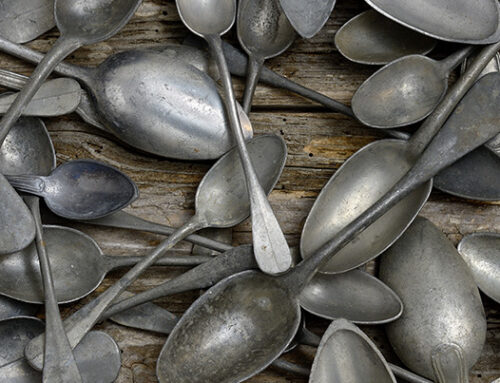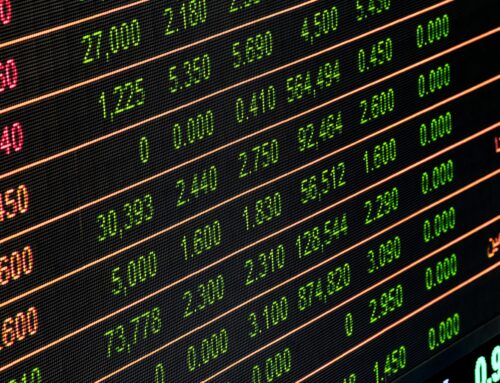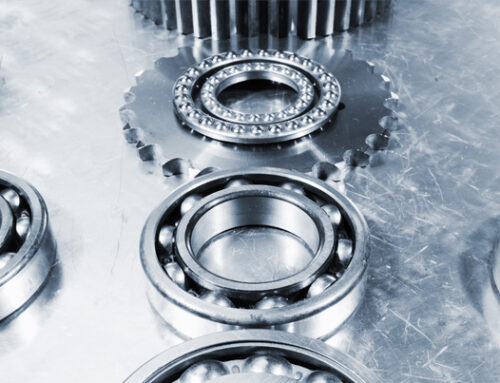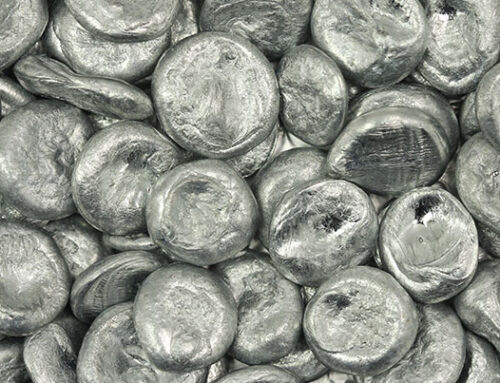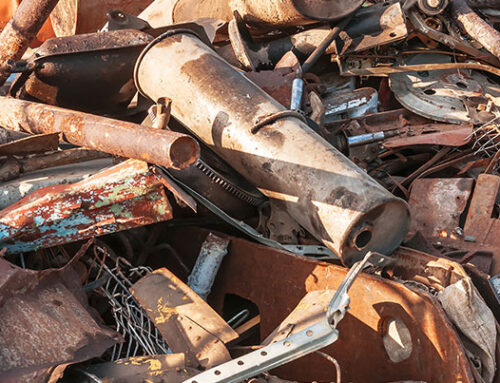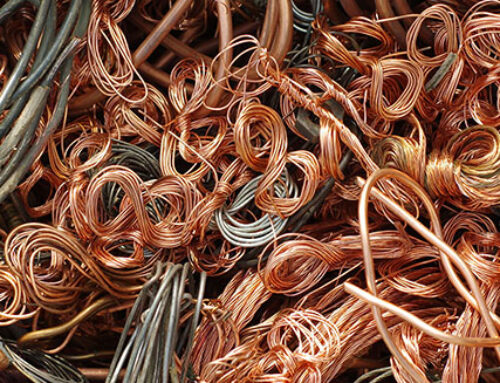When a scrap yard like Encore Recyclers buys scrap metal or other recyclable materials from a customer like you, there are many factors that go into determining your scrap metal price.
Understanding these factors can help you consistently get the most for your scrap every time, by bringing in the right amounts of the right materials, as well as preparing in various other ways.
Quantity of Scrap
Selling your scrap to the yard in bulk is the most effective way to get the most out of your scrap. This helps the yard sell your scrap to a smelter or metals furnace more quickly, and also reduces overhead costs for the yard (such as transportation and any taxes or credit card company fees associated with each transaction). Encore Recyclers does not charge any credit card or other fees when accepting scrap metal.
Selling scrap in bulk will also help you offset the costs associated with selling scrap, such as fuel consumption.
Quality of Scrap
Everyone knows that rarer metals fetch higher prices than more common ones. However, there’s another huge factor—the quality of the metal itself. Many scrappers don’t consider this, and lose money as a result.
If you are selling copper or other wire, the conventional wisdom was that the insulation around the metal wiring itself makes your scrap lower quality. These days, however, there is a strong market for insulated wires. Bare bright copper will fetch a higher price, but don’t feel like you have to strip the insulation to get a good price.
For all your metals, you should look out for other signs of low quality, such as corrosion or dirt. The cleaner your scrap is when you bring it in, the more you’re going to get.
Supply and Demand
This is perhaps the biggest factor affecting your scrap price, but it’s much more complex, and you have less control over it. While you can’t change the markets on your own, you can boost your revenue by selling when prices are at their highest (meaning demand is high and supply is low).
In addition to simply checking the spot price of a given metal on a given day, you should look deeper and more broadly in order to truly understand the market forces that affect your scrap metal price at the yard.
Instead of simply looking at the spot price, try to figure out what factors caused the spot price to rise or fall. Here are a few to look out for:
- New Material Prices – Prices for a new metal often affect prices for that metal in a recycled state. If the new price rises, more buyers will switch to recycled scrap—which will increase demand and therefore raise the price. If the new price falls, the opposite happens. Keep an eye on new commodity prices as well as recycled prices.
- International markets – Because trade is truly global in the modern world, market fluctuations in other countries (especially large manufacturing markets like India and China) will affect the price you get for your scrap at the local yard. Watch these markets and try to determine whether manufacturing is doing well or poorly, and choose when to sell your scrap accordingly.
Unfortunately, the market for scrap is at a bit of a low point at present. However, this is not the first low point the market has endured, and things are sure to look up again soon. The best thing you can do now is watch the market, and make sure that you provide high quantities of high quality scrap—this will help you make a living selling scrap in even the worst markets.



